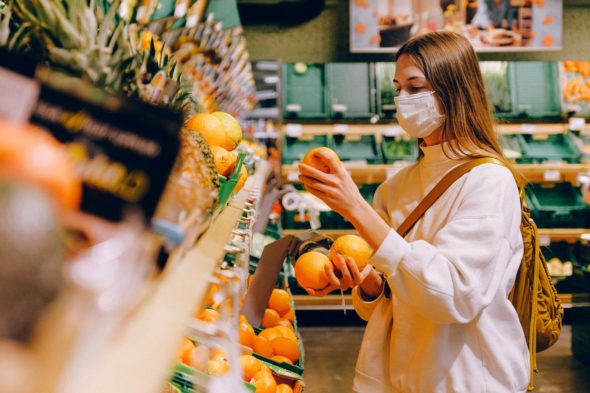How Your Shopping Choices Affect the Environment

Are you aware of the impact your shopping choices may have on the environment? Many people don’t realize the tremendous impact that agriculture and the production of food have on the environment, or that they can help lessen that impact with their purchasing decisions. Here’s a closer look at this issue.
50% of the habitable world is used for agriculture. Agriculture requires 70% of the world’s freshwater supply and that food represents of all greenhouse gas emissions. Until relatively recently, most of the earth was wilderness, including grasslands, forests and deserts. Over the last few hundred years, however, as people have turned to agriculture to grow the food necessary to support human life, wild habitats have been replaced by farmland. Owing to the growing requirement, if you take the instance of technology and other simplified solutions, they too have grown significantly. Tractors, agriculture tires, seed sprouting methods, machinery, and farming mechanisms, are a few to be named.
Sustainable farming is slowly becoming the new norm. Technology has played a big role in that. Improvements to agricultural equipment, the use of greenhouse management software, irrigation practices, and new machines for planting and harvesting have all expedited the process of growing crops. This has enabled farmers to produce more food than ever before. Further, to manage this amount of land, weather stations (more here) and other monitoring equipment are being deployed across farms all over the world. As it stands then, agriculture is not the thing that’s having the biggest impact on the environment.
Livestock requires much more land than crops grown for human consumption. Pastures and farms that grow animal feed account for more than three quarters of all agricultural land, even though they produce less than 20% of the total calories consumed by people. Eating less meat and using plant-based alternatives could help reduce the number of livestock required to feed people throughout the world and lessen the impact on the environment.
For more ways you can do your part in protecting our natural world through your food choices, continue reading the infographic below!
- Restaurant Germs: Improving Cleaning Practices For Commonly Contaminated Surfaces - April 15, 2024
- 11 Cancer-Fighting Foods to Reduce the Risk of Cancer - March 18, 2024
- Safety and Aesthetics: Tips for Landscaping Around Your Wellhead - February 20, 2024
